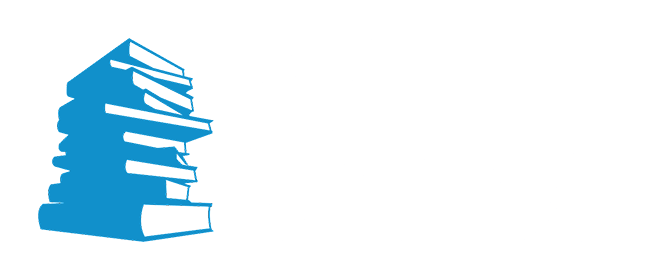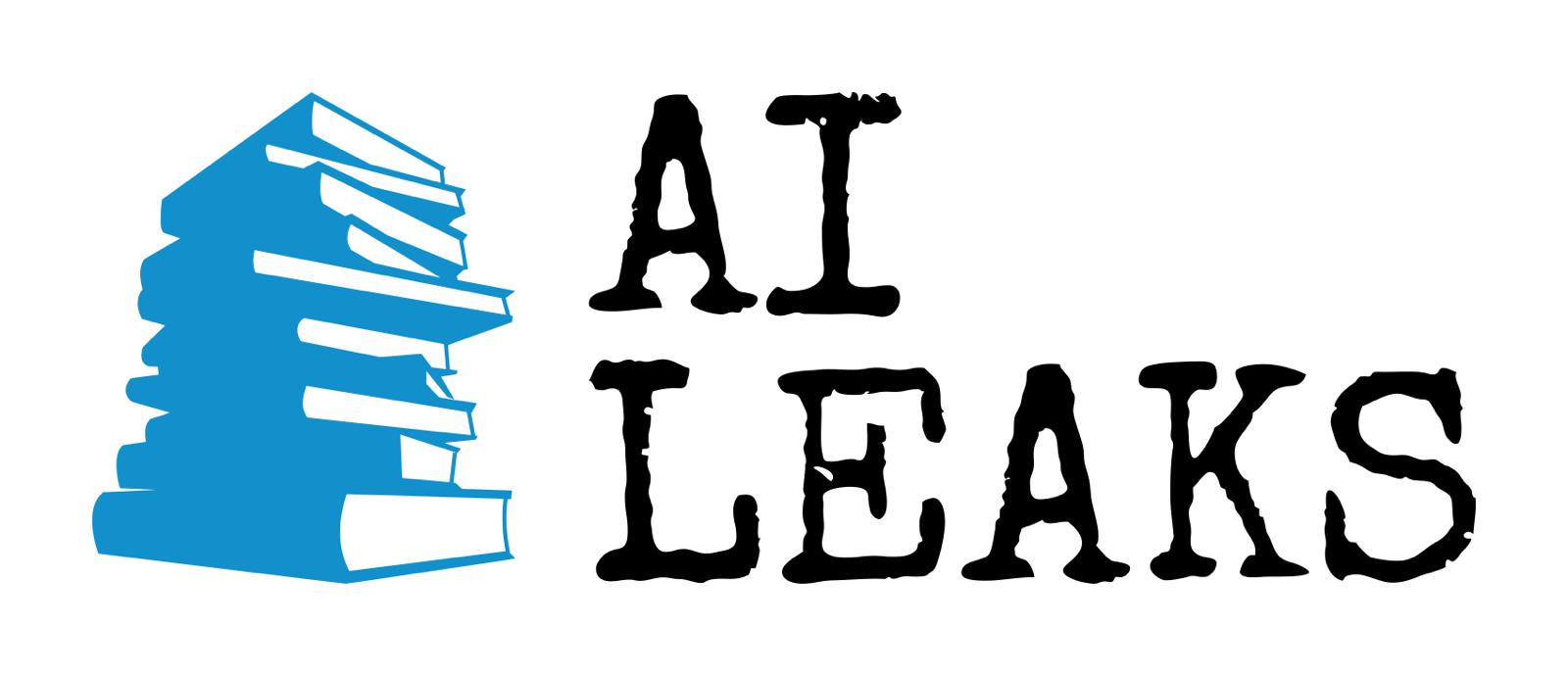Increased Efficiency and Productivity: AI can automate various processes, leading to increased efficiency and productivity in industries such as manufacturing, logistics, healthcare, and finance. For example, AI can be used to optimize supply chain management, reduce wastage, and streamline production processes. This can lead to significant cost savings and increased output, which could contribute to economic growth.
1. Improved Customer Experiences: AI can be used to personalize and improve customer experiences, leading to increased customer satisfaction and loyalty. For example, AI can be used to develop chatbots and virtual assistants that can interact with customers and provide assistance in real-time. This can lead to increased sales and revenue for businesses, and contribute to economic growth.
2. New Products and Services: AI can be used to develop new products and services that were previously impossible or too expensive to produce. For example, AI can be used to develop personalized medicine based on a patient’s genetic makeup. This could lead to the creation of new markets and industries, contributing to economic growth.
3. Better Decision-Making: AI can analyze vast amounts of data and provide insights that can inform better decision-making in various industries. For example, AI can be used to analyze financial data to predict market trends and inform investment decisions. This could lead to better allocation of resources, increased innovation, and economic growth.
4. Job Creation: While AI has the potential to automate certain tasks, it could also create new job opportunities in areas such as AI development, maintenance, and training. For example, as AI becomes more prevalent in healthcare, there may be a need for AI specialists who can develop and maintain AI systems. This could lead to increased employment and economic growth.
However, the potential economic benefits of AI are not without challenges. Here are some potential challenges that need to be addressed to ensure that AI creates positive economic outcomes:
1. Skills Gap: As AI becomes more prevalent, there may be a shortage of workers with the necessary skills to develop and maintain AI systems. This could lead to a skills gap that could hinder economic growth. To address this challenge, there may be a need for increased investment in education and training programs to develop the necessary skills.
2. Ethical Considerations: As AI becomes more advanced, there may be ethical considerations around issues such as data privacy and bias. For example, if AI algorithms are not designed and tested properly, they may be biased against certain groups of people. This could lead to negative economic outcomes if certain groups are unfairly impacted. To address this challenge, there may be a need for increased regulation and oversight to ensure that AI is developed and used in a responsible and ethical manner.
3. Job Displacement: As AI becomes more prevalent, there may be a risk of job displacement in certain industries. For example, if AI is used to automate certain tasks in manufacturing, there may be a risk of job loss for workers who perform those tasks. To address this challenge, there may be a need for policies and programs to support workers who are displaced by AI, such as retraining programs and unemployment benefits.
AI has the potential to create significant economic growth in various industries. However, it’s important to ensure that the benefits of AI are widely distributed and that any negative impacts are mitigated. This will require careful planning and regulation to ensure that AI is developed and used in a responsible and ethical manner. If done correctly, AI could be a powerful tool for creating economic growth and improving people’s lives.







